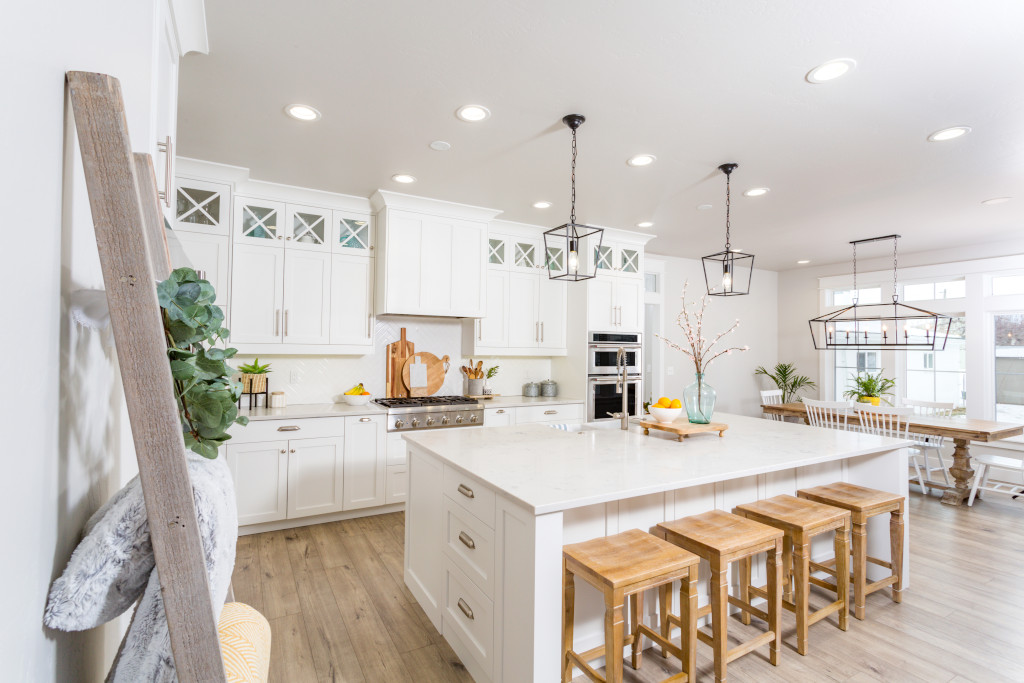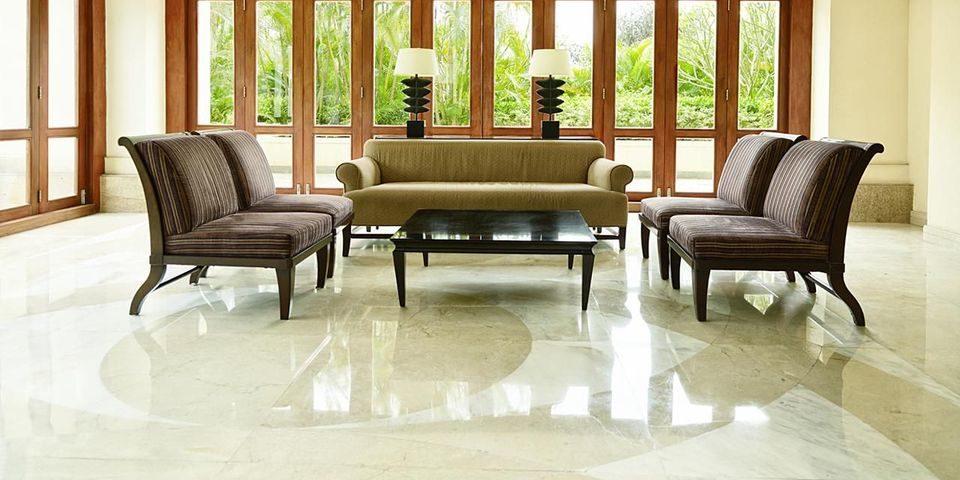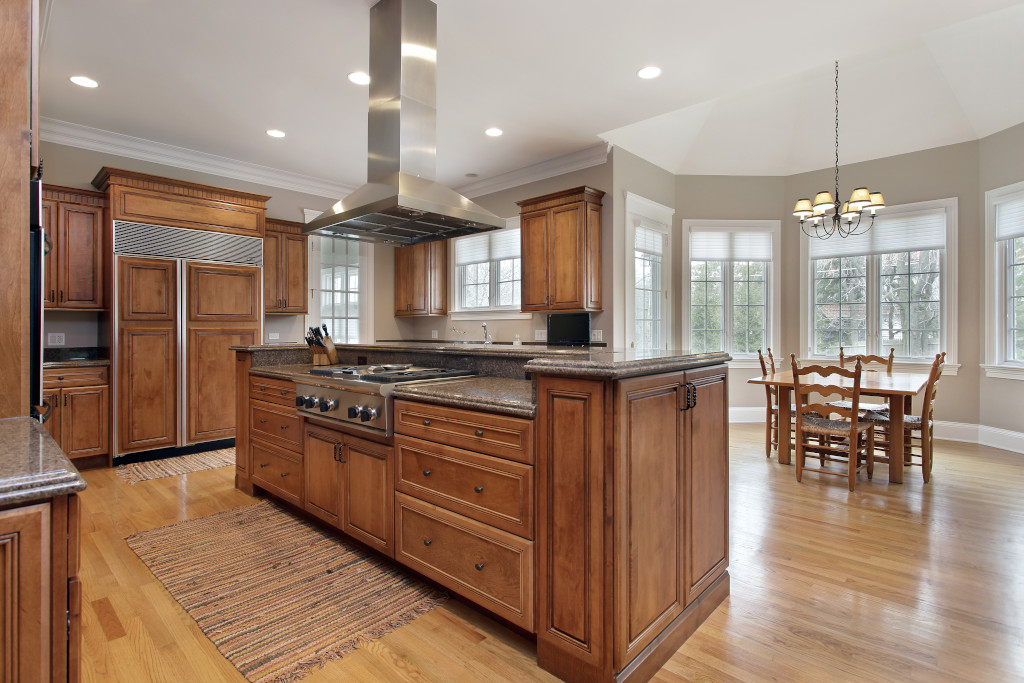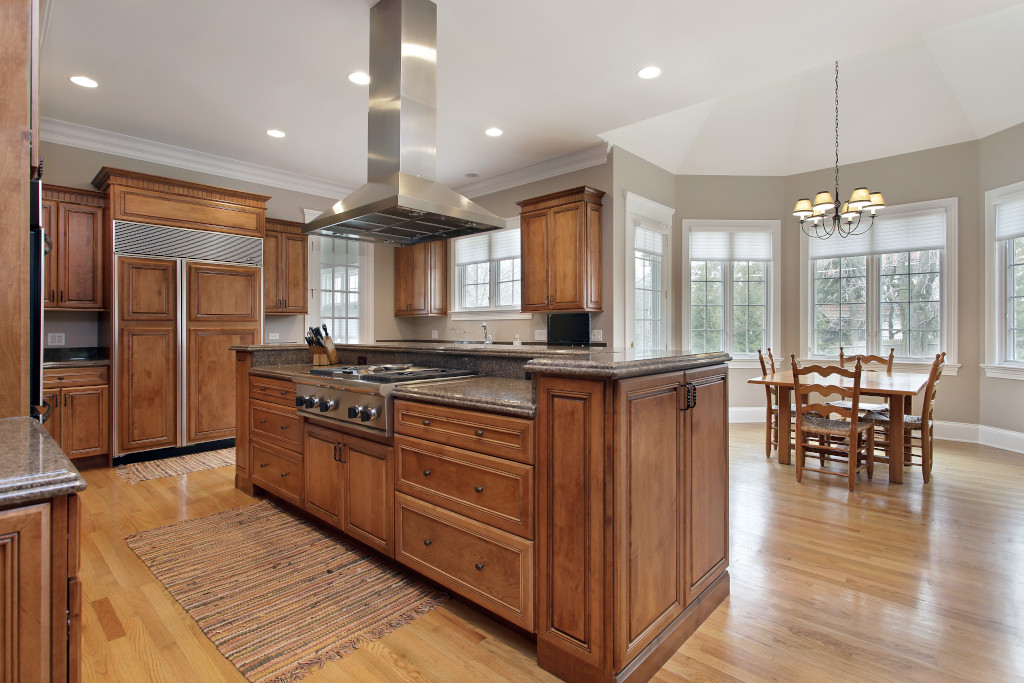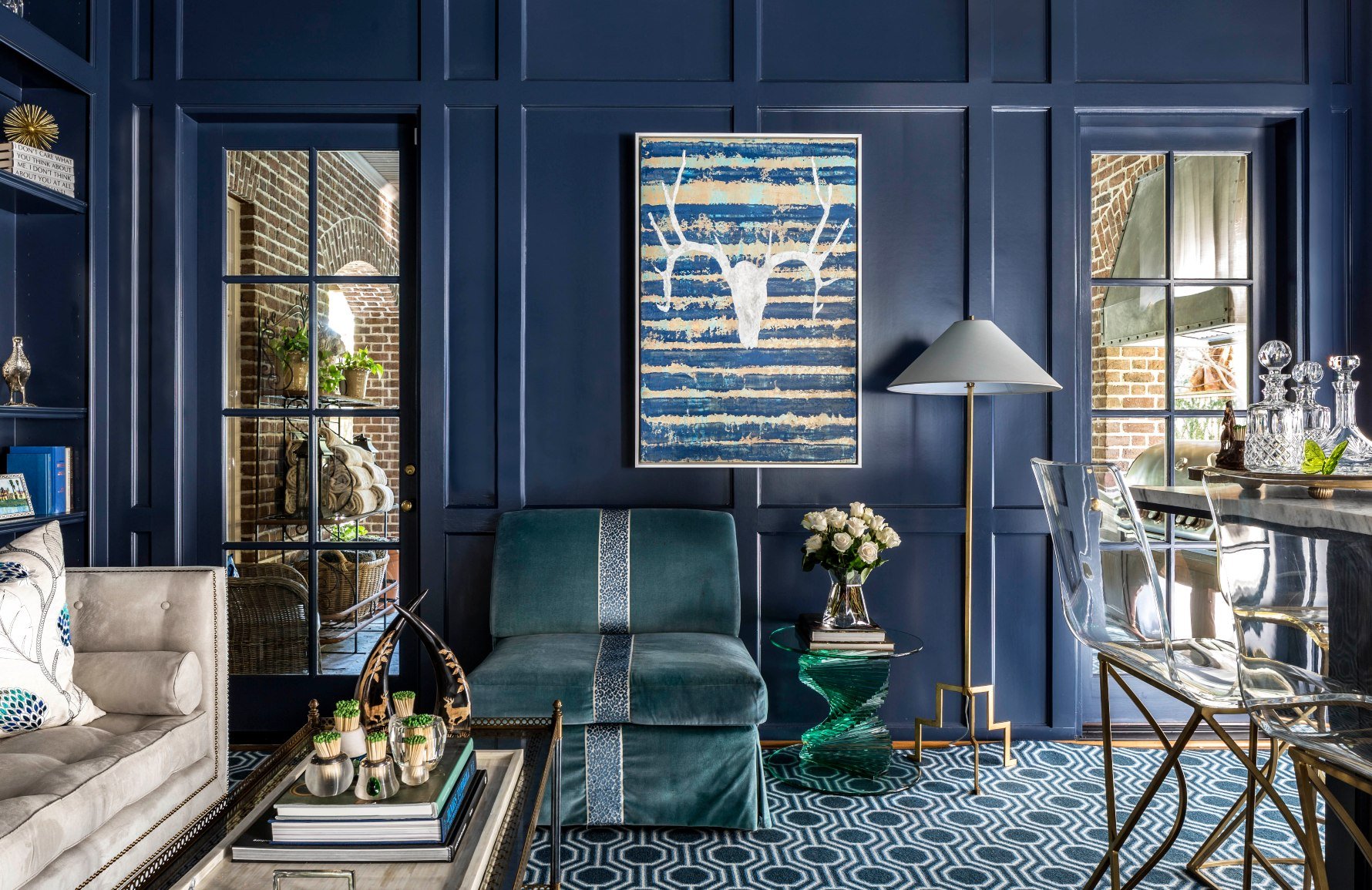A fireplace is a focal point in any home and can be the centerpiece of an entire room.
There are many different types of fireplaces, from traditional brick to modern gas. The style you pick will depend on your taste and budget; if you have a tight budget, consider installing a faux or fake stone fireplace instead of real stone. Stone fireplaces come in various shapes and sizes so it’s important to measure out your space before buying one. This ensures that it’ll fit properly.
In this article, we’ll show you how to choose and install a stunning stone fireplace.
Let’s dive deep into this topic.
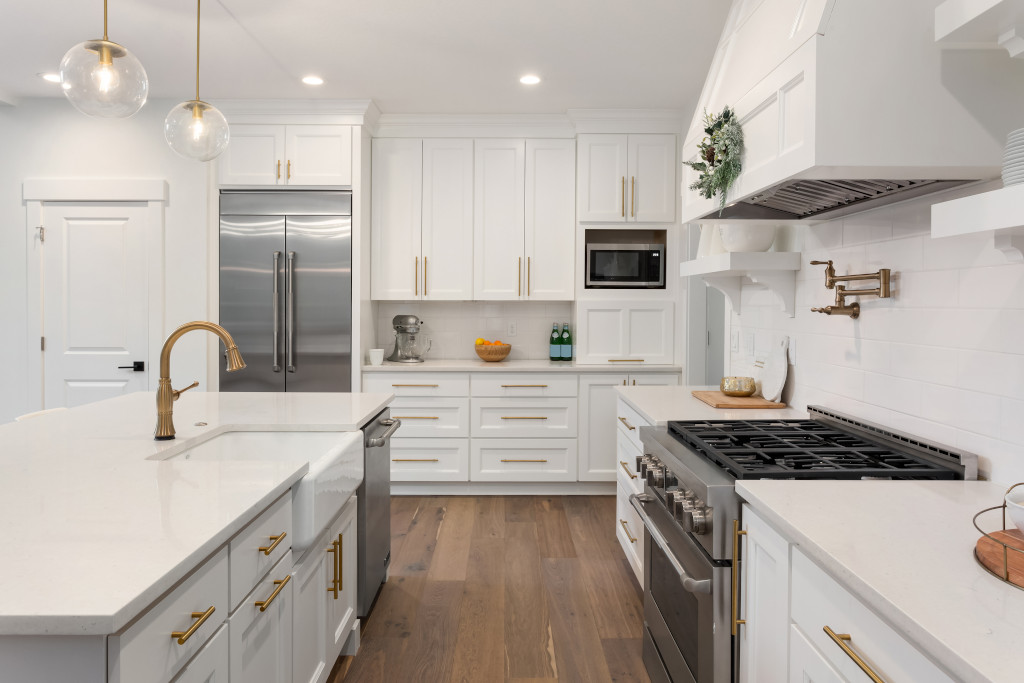
Image Credit: http://thespruce.com
Build your home around stunning fireplaces
A stunning fireplace is usually the center of attention and it can transform a home and give an area a focal point. Many people choose to build their homes around fireplaces because they are so important. Fireplace mantels can be rustic, elegant, or even modern – depending on your tastes and the overall vibe you’re trying for with your interior design.
This means that the design and style of the fireplace you choose are extremely important. It’s a good idea to consider all your options and how they might affect the rest of your home before deciding on a final look.
The right type of fireplace can completely change – and enhance – the look and feel of a room, so it’s an important decision.
It’s also worth noting that if you can’t afford an actual stone fireplace, faux-stone looks like real stone but is much less expensive.
Installing a fireplace
Stone fireplaces come in various shapes and sizes so it’s important to measure out your space before buying one to ensure that it’ll fit properly.
Before starting construction, check with local building codes to make sure the structure is up to code. Avoid any issues by doing this first thing. Building codes can vary from region to region, but they’re there for very good reasons – safety being the number-one concern for government officials.
Your local hardware store should have everything you need to complete this type of project. If you need help, don’t hesitate to ask for assistance from a knowledgeable store employee or even hire a professional if needed. The following steps will show you how to install your fireplace:
1) Clear out the space where you want to put your fireplace and any furniture that is currently in the way. Have all tools and materials at hand before beginning.
2) Use cinder blocks or bricks to build up an area where your foundation will be laid; make sure it’s large enough so the firebox isn’t too close to any walls.
3) Level out the cement board over the frame using fine-grit sandpaper until it’s completely smooth. This may take a while so be patient.
4) Put the cement board over the frame and weigh it down with bricks or stones until it’s flat and level. You want to make sure it’s as sturdy as possible for this step, so use enough weight. Let it dry overnight.
5) Pick up any large debris from your fireplace area using a shop-vac or broom. You can then apply a thin layer of mortar over the cinder block, but only if there aren’t any cracks in them – filler works better if there are. Make sure you don’t have too much – just a thin layer is needed – and smooth out all bumps or ridges until it’s completely flat and level with your cement board underneath. Let dry overnight again.
6) Apply fire-resistant drywall over the whole thing. Make sure you have a thin layer of mortar underneath so the wall isn’t too flimsy. You don’t need it to be strong, but just strong enough to hold up by itself. Let dry for two days before continuing so the mortar can cure properly.
7) Install your firebox and pipe as needed using cement boards and screws. Screw into the framing behind the drywall first to ensure that it’s secure – you’ll want that done properly. Make sure to keep any openings free during this step because cutting them will create weak spots along with introducing dirt and other debris into your structure which could cause a fire hazard – which is precisely why we’re building this in the first place.
8) Apply a thin layer of mortar to your firebox and pipe opening, making sure that it’s completely smooth. You can then install a sheet of metal mesh over the whole thing using screws, which will allow heat from the fireplace to pass through but keep any large debris out. Once you’ve done all this, let it dry for a day before putting on another layer if needed – finish up with a third and final layer if desired to complete your project.
Once everything is finished up and dried, you’ll be ready to put your chimney cap onto the top as well as light your first fire.
dding decorative touches around your fireplace
The way that you arrange furniture in your house and finish off your fireplace will depend on your taste and design preferences, but here are a few things you can consider:
Take advantage of small pieces of furniture like tables and picture frames by placing them along the sides/front of your fireplace, narrowing down what would otherwise be a very large wall space. Use as many as you’d like and arrange them however you like (for optimal use of space, of course.)Use fire-resistant brick or stone to build up the outer walls of your fireplace so they match the rest of it. If you don’t plan on using a grate within your fireplace, then this will give it an extra layer of protection so that the heat doesn’t get out and damage whatever is nearby. Using fire-resistant bricks/stone makes for a sturdier structure too.Add a mirror behind your fireplace if it’s surrounded by empty wall space or just for an extra touch of elegance and sophistication. Install it securely and also make sure that there’s no exposed wiring. A professional electrician should do all this for you.
Cleaning your fireplace
Cleaning a brick fireplace involves a few different steps, which we’ll outline below:
Get ready by wearing protective gloves and goggles. Sweep up any loose debris first before turning on the hose and spraying down the whole thing (you may need some sort of cloth or scrubber too). Make sure that there isn’t excessive moisture at all – just enough so that it gets out all of the dirt and grime from less accessible crevices.Once the majority of water is off, start using baking soda to mop up any leftover residue. Use a damp rag to make sure that everything is completely clean and dry it off before continuing. This should keep your fireplace smelling fresh and much less like whatever you’ve been cooking indoors.Use a thick brush or cloth to apply polish/sealer to the exterior, making sure that it’s spread evenly all over the place. Let this dry for 30 minutes before using another soft cloth to wipe down any excess material – let this dry overnight too before putting back your furniture. Make sure you read the instructions on whichever sealer you choose for best application practices.
Stunning Stone Fireplace – FAQ
What is the difference between a fireplace and a hearth?
A fireplace is the part of the home where you build and enjoy your fire, whereas a hearth has historically been seen as an architectural feature. It usually spans several feet in length and features prominently in any area where it’s located.
Why should I have my old rusty fireplace restored rather than replace?
Restoring your existing fireplace extends its life by 20+ years, enhances curb value to your home, often makes it possible to increase the size of your opening for more efficient burning conditions. All this happens while preserving natural resources by recycling materials that would otherwise go to the landfill, and reducing the carbon footprint associated with new construction.
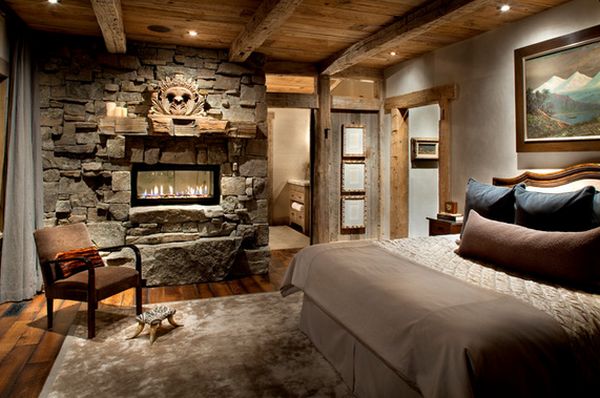
Image Credit: http://homedit.com
What material is best for building a fireplace?
Stone fireplaces are built using stone, bricks, or concrete blocks. The type of material used depends on each individual’s preference, climate conditions, and budget.
Masonry – Bricks are made from clay that can be found below ground level in many parts of America. The brick has been baked into its hard state at over 1000 degrees Fahrenheit then soaked in water creating dense, tight-fitting stonework that stands up to hot temperatures and corrosion caused by constant exposure to smoke and moisture.
Granite is one of the natures’ abundant natural resources that have been used to create beautiful functional fireplaces for centuries. If you prefer a more traditional look there are many types of stone readily available in today’s market, including marble, limestone, and travertine. Stone is generally more expensive than brick but it is also more durable, requiring less maintenance over time.
Concrete Block – The most affordable way to build your fireplace is using concrete blocks which can be composed of clay or Portland cement. Its versatile design allows the structure to be customized based on height, width, and shape which helps control airflow behind the firebox allowing maximum heat output.
Final thoughts on stunning stone fireplace
In conclusion, a stone fireplace needs no introduction due to its stonework and dramatic appeal.
Having one in your home can add value to your property and at the same time provide you with a cozy feel during those cold nights.
If you are ever considering having one, I recommend that you choose carefully as not all stone fireplaces are equally beautiful. Here’s hoping you find your dream stunning stone fireplace soon!
The post Stunning Stone Fireplace appeared first on Kitchen Infinity.
Did you miss our previous article…
https://chefbuano.com/?p=197

